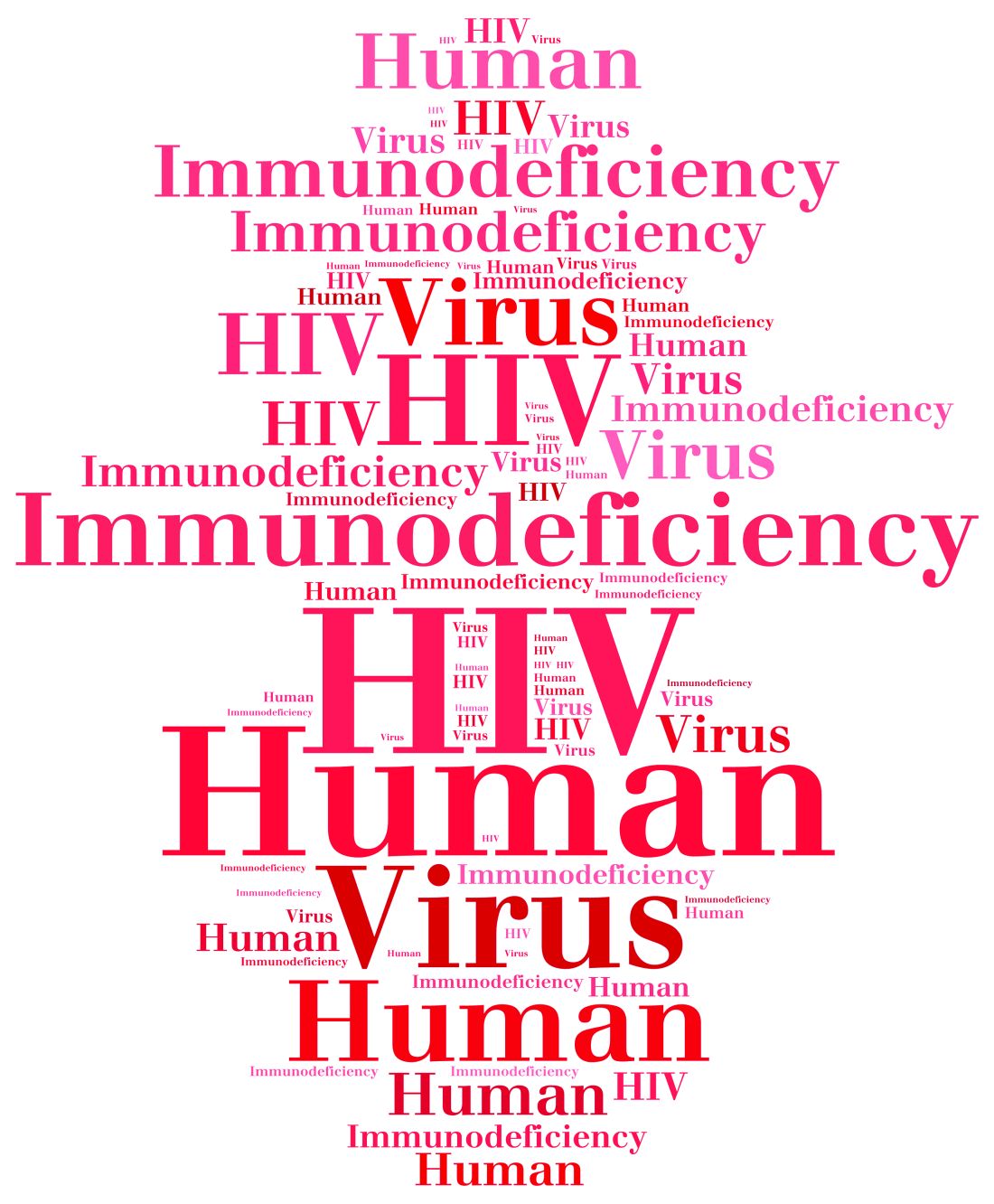User login
The total number of HIV hospitalizations fell by a third during 2000-2013, even though the number of people living with HIV increased by more than 50%, according to an investigation by the Agency for Healthcare Research and Quality.
“To some extent, the considerable reduction in hospital utilization by persons with HIV disease may be attributed to the diffusion of new antiretroviral medications and the enhanced ability of clinicians to control viral replication,” wrote investigator Fred Hellinger, PhD, of AHRQ’s Center for Delivery, Organization, and Markets (Med Care. 2016 Jun;54[6]:639-44).
Dr. Hellinger used his agency’s State Inpatient Database to collect data on all HIV-related hospital admissions from California, Florida, New Jersey, New York, and South Carolina during 2000-2013. Overall, people with HIV were 64% less likely to be hospitalized in 2013 than they were in 2000; there was also a slight drop in length of stay.
Meanwhile, the average age of hospitalized HIV patients has risen from 41 to 49 years, and the average number of diagnoses from 6 to more than 12. That’s in part because HIV patients are living longer, and “older patients are generally sicker and have more chronic illnesses ... As HIV patients age, they are being hospitalized for conditions that are not closely related to HIV infection,” Dr. Hellinger said.
“Indeed, the principal diagnosis for almost two-thirds of the HIV patients hospitalized in 2013 in our sample was not HIV infection, and as time passes, the mix of diagnoses recorded for hospitalized patients with HIV is likely to resemble the mix of diagnoses found in the general population of hospitalized patients,” he wrote.
U.S. HIV spending continues to go up, but while the number of patients covered by Medicaid has fallen, the number treated by Medicare has risen 50%, reflecting the increase in average life span.
There has not been much demographic change among HIV inpatients. About half are black, a quarter white, and slightly less than one-fifth Hispanic. One-third are women. More than 1.1 million Americans are living with HIV, and 50,000 are newly infected each year.
Dr. Hellinger had no conflicts of interest.
The total number of HIV hospitalizations fell by a third during 2000-2013, even though the number of people living with HIV increased by more than 50%, according to an investigation by the Agency for Healthcare Research and Quality.
“To some extent, the considerable reduction in hospital utilization by persons with HIV disease may be attributed to the diffusion of new antiretroviral medications and the enhanced ability of clinicians to control viral replication,” wrote investigator Fred Hellinger, PhD, of AHRQ’s Center for Delivery, Organization, and Markets (Med Care. 2016 Jun;54[6]:639-44).
Dr. Hellinger used his agency’s State Inpatient Database to collect data on all HIV-related hospital admissions from California, Florida, New Jersey, New York, and South Carolina during 2000-2013. Overall, people with HIV were 64% less likely to be hospitalized in 2013 than they were in 2000; there was also a slight drop in length of stay.
Meanwhile, the average age of hospitalized HIV patients has risen from 41 to 49 years, and the average number of diagnoses from 6 to more than 12. That’s in part because HIV patients are living longer, and “older patients are generally sicker and have more chronic illnesses ... As HIV patients age, they are being hospitalized for conditions that are not closely related to HIV infection,” Dr. Hellinger said.
“Indeed, the principal diagnosis for almost two-thirds of the HIV patients hospitalized in 2013 in our sample was not HIV infection, and as time passes, the mix of diagnoses recorded for hospitalized patients with HIV is likely to resemble the mix of diagnoses found in the general population of hospitalized patients,” he wrote.
U.S. HIV spending continues to go up, but while the number of patients covered by Medicaid has fallen, the number treated by Medicare has risen 50%, reflecting the increase in average life span.
There has not been much demographic change among HIV inpatients. About half are black, a quarter white, and slightly less than one-fifth Hispanic. One-third are women. More than 1.1 million Americans are living with HIV, and 50,000 are newly infected each year.
Dr. Hellinger had no conflicts of interest.
The total number of HIV hospitalizations fell by a third during 2000-2013, even though the number of people living with HIV increased by more than 50%, according to an investigation by the Agency for Healthcare Research and Quality.
“To some extent, the considerable reduction in hospital utilization by persons with HIV disease may be attributed to the diffusion of new antiretroviral medications and the enhanced ability of clinicians to control viral replication,” wrote investigator Fred Hellinger, PhD, of AHRQ’s Center for Delivery, Organization, and Markets (Med Care. 2016 Jun;54[6]:639-44).
Dr. Hellinger used his agency’s State Inpatient Database to collect data on all HIV-related hospital admissions from California, Florida, New Jersey, New York, and South Carolina during 2000-2013. Overall, people with HIV were 64% less likely to be hospitalized in 2013 than they were in 2000; there was also a slight drop in length of stay.
Meanwhile, the average age of hospitalized HIV patients has risen from 41 to 49 years, and the average number of diagnoses from 6 to more than 12. That’s in part because HIV patients are living longer, and “older patients are generally sicker and have more chronic illnesses ... As HIV patients age, they are being hospitalized for conditions that are not closely related to HIV infection,” Dr. Hellinger said.
“Indeed, the principal diagnosis for almost two-thirds of the HIV patients hospitalized in 2013 in our sample was not HIV infection, and as time passes, the mix of diagnoses recorded for hospitalized patients with HIV is likely to resemble the mix of diagnoses found in the general population of hospitalized patients,” he wrote.
U.S. HIV spending continues to go up, but while the number of patients covered by Medicaid has fallen, the number treated by Medicare has risen 50%, reflecting the increase in average life span.
There has not been much demographic change among HIV inpatients. About half are black, a quarter white, and slightly less than one-fifth Hispanic. One-third are women. More than 1.1 million Americans are living with HIV, and 50,000 are newly infected each year.
Dr. Hellinger had no conflicts of interest.
FROM MEDICAL CARE
Key clinical point:
Major finding: People with HIV were 64% less likely to be hospitalized in 2013 than they were in 2000.
Data source: Review of HIV-related hospitalizations in five U.S. states.
Disclosures: The Agency for Healthcare Research and Quality funded the work. The investigator had no disclosures.

